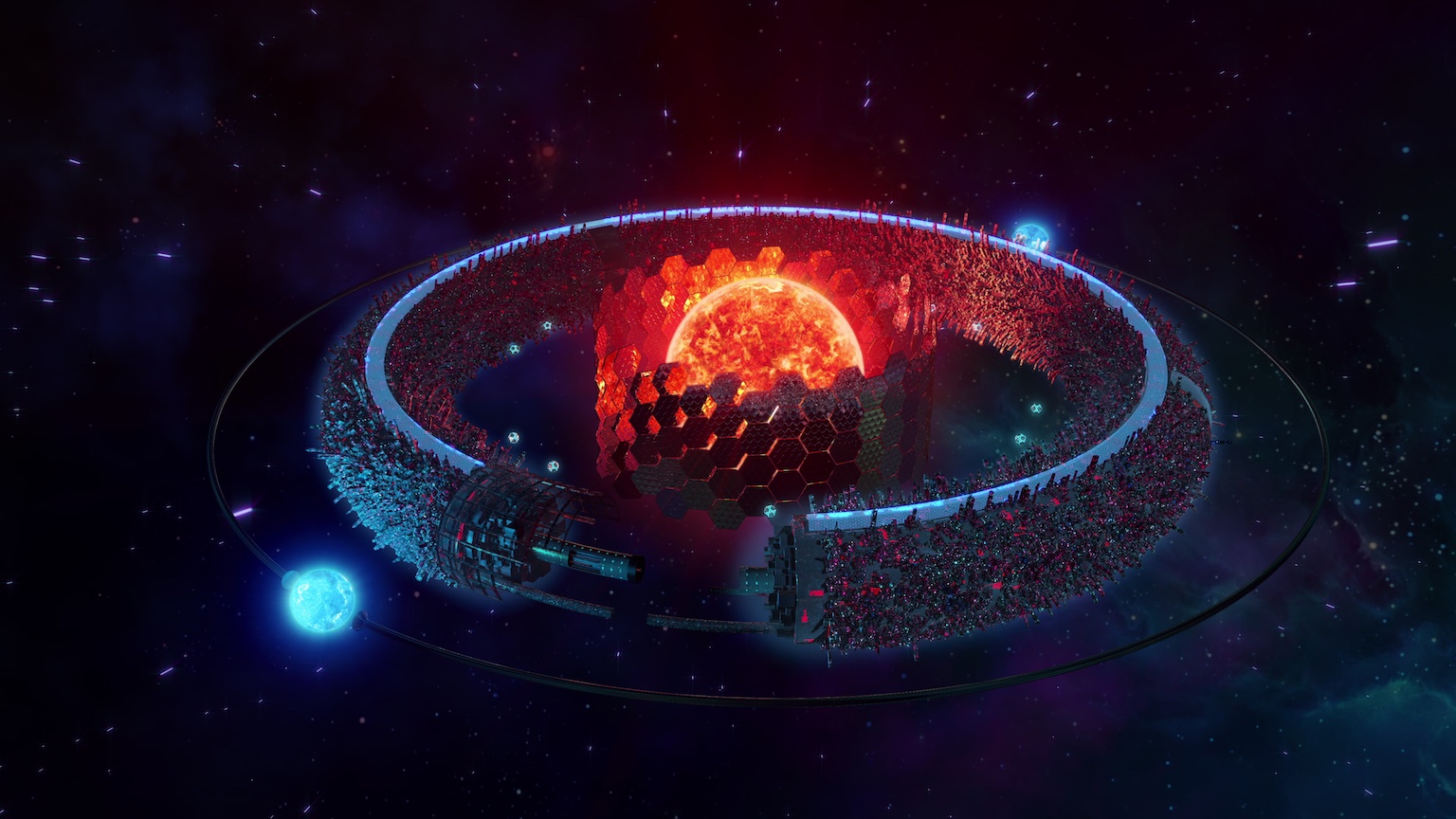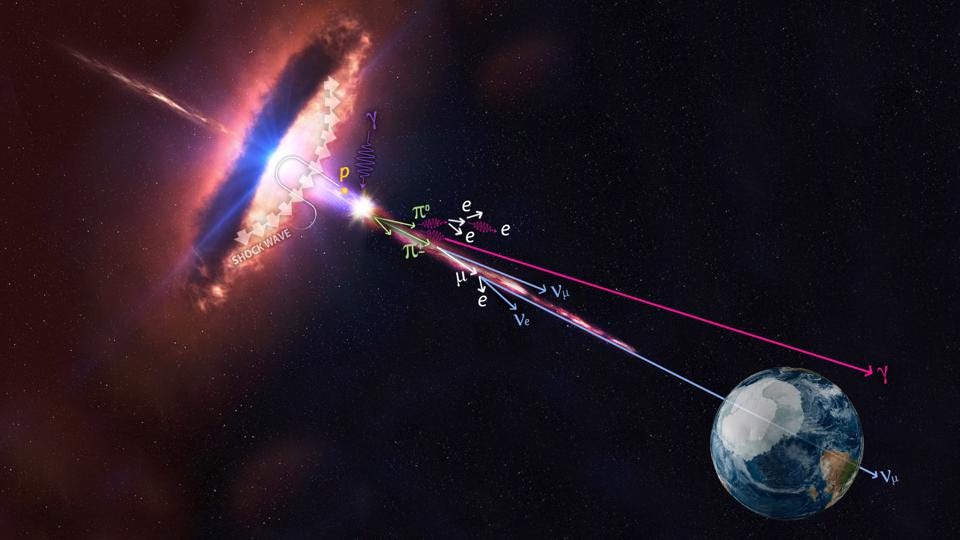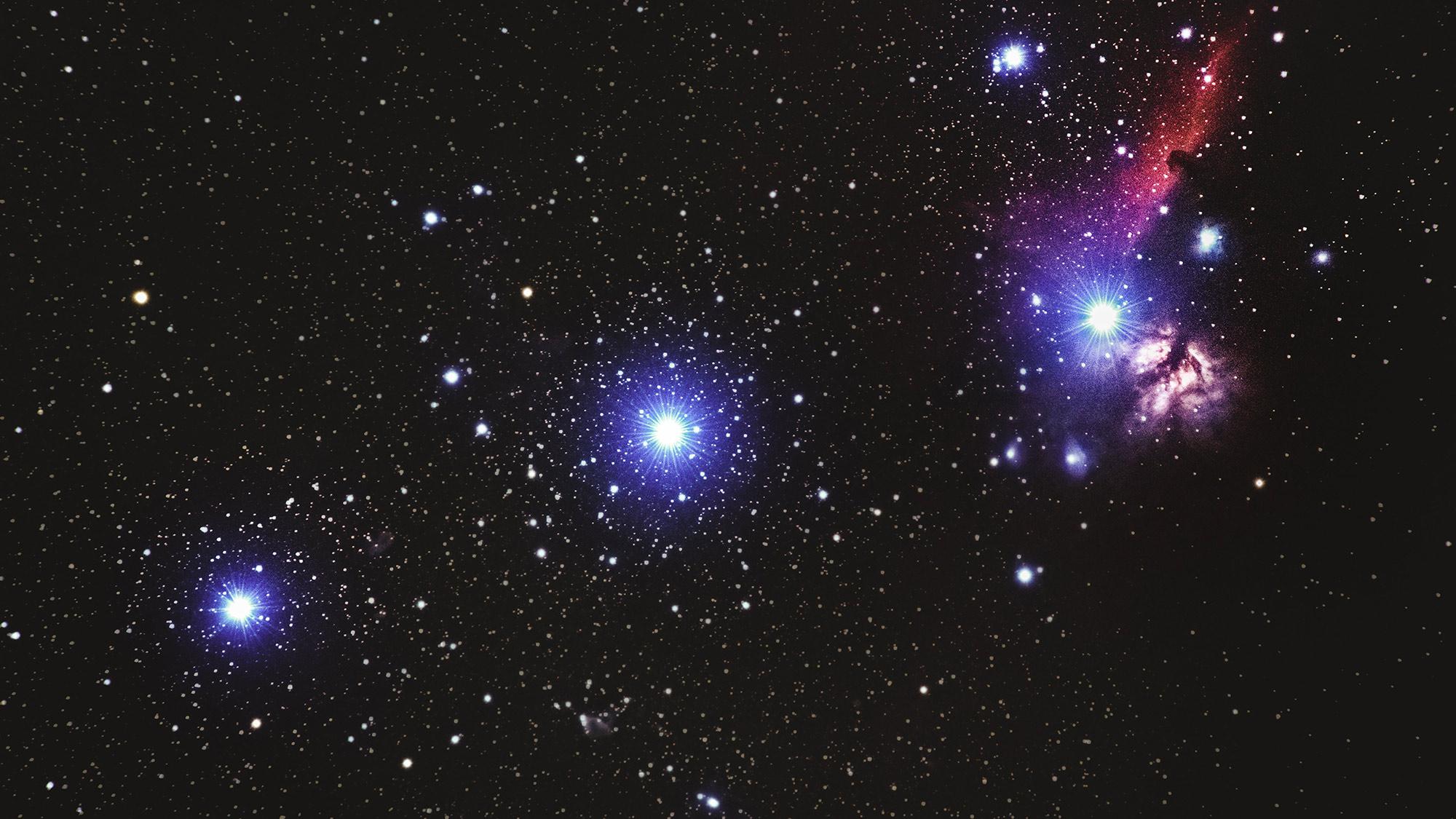How we will use the Sun as a telescope to image alien cities

- Exoplanets are the hottest topic in astronomy right now. But if we really want to know what is happening on planets many light-years away, we need to image them.
- According to Einstein’s general theory of relativity, massive objects bend spacetime in such a way that they can act like giant lenses.
- By the 2060s, we might begin to record images of alien planets, revealing alien river systems, alien mountain ranges, strings of alien islands, alien deserts, alien peninsulas — and perhaps alien cities.
Exoplanets are the hottest topic in astronomy right now. After the discovery of the first planet orbiting a Sun-like star in 1995, the field exploded, revealing that nearly every star in the sky hosts a family of worlds. Powerful advances in technology are just now starting to give us the capacities to detect biological or even technological markers in the atmospheres of these alien worlds.
That is all very exciting, but if we really want to know what is happening on planets many light-years away, we need to image them. High-resolution images of green-pocked continents could reveal the presence of life. High-resolution images of those same continents at night, dotted with the lights of cities, could reveal the presence of civilizations. Unfortunately, we lack the ability to create such images. They have been nothing more than a pipe dream for astronomers. But that is changing now.
Allow me to introduce you to the Solar Gravitational Lens Telescope.
Using the Sun to focus on exoplanets
Resolution depends on the size of your telescope. It takes a very large telescope indeed to directly resolve surface features on even the closest exoplanets. To achieve a resolution of one meter on an exoplanet would require a telescope the size of Earth’s orbit. Good luck getting funding for that, even if it were possible to build one.
Luckily, there is another way to gather light on a large scale.
According to Einstein’s general theory of relativity, a massive object bends spacetime in such a way that it can act like a giant lens, collecting and focusing the passing light waves. The use of such gravitational lenses is now standard practice in cosmology. Foreground galaxy clusters produce images of background objects such as more distant galaxies.
Since telescopes work by collecting and focusing passing light waves, couldn’t we use the Sun, our local great collection of mass, as a very, very big telescope? This is one of those ideas that seems kind of crazy, even though it may be plausible in theory. But thanks to a team of researchers including Slava Turyshev, a scientist at NASA’s Jet Propulsion Laboratory (JPL), we know the idea may actually be practical, and we could use it to procure images of exoplanets with resolutions of just tens of kilometers. That’s close enough to see cities on the surface of an alien world.
A 40-year plan to image alien cities
Here’s how it works. As the light from a distant object passes the Sun, its mass distorts spacetime such that the light rays focus onto a line that begins about 550 astronomical units away. (An astronomical unit, or AU, is the distance from the Sun to the Earth.) At that distance, light from an exoplanet would form a ring around the Sun. If you could get a telescope out that far, it could collect the light in the ring and use it to reconstruct an image of the exoplanet. There are still problems that need to be dealt with, such as the influence of light from the Sun and its corona. But Turyshev and his collaborators have already shown these challenges can be dealt with. In an amazing sequence of work, they have demonstrated from an imaging technology perspective that a telescope at 550 AU could indeed produce ultra-high-resolution images of alien planets.
So, sure — all you have to do is get a telescope 550 AU from the Sun. The farthest we have ever gotten from the Sun is the Voyager 1 probe, which after flying for more than 40 years is only about 160 AU away. Turyshev’s team has a radical plan for getting to 550 AU in just about 20 years.
The idea is to use a new kind of highly maneuverable solar sail that will use solar photons to reach incredible speeds. The mission design calls for clusters of sail-powered spacecraft to be launched every year or so, forming a flotilla making its way out of the Solar System. By first diving close to the Sun, where the light is most intense, each spacecraft cluster can establish a fast trajectory out to the solar focus line. Once the clusters of spacecraft reach their destination, they will use artificial intelligence to self-assemble into a telescope. Then they will begin collecting close-up images of distant worlds.
The idea is so audacious that it seems like science fiction, but it is not. The JPL team has been steadily working their way through the NASA mission concept process. They have demonstrated the feasibility of all the key components of their Solar Gravitational Lens Telescope and are continuing the work. It all seems to be both possible and feasible, at least so far. If things continue to work out, we might see the first launches in a decade. By the 2060s, we might begin to record images of alien planets, revealing alien river systems, alien mountain ranges, strings of alien islands, alien deserts, and alien peninsulas.
Somewhere in all that detail, we might even get the evidence we need to know that alien life is down there too.





